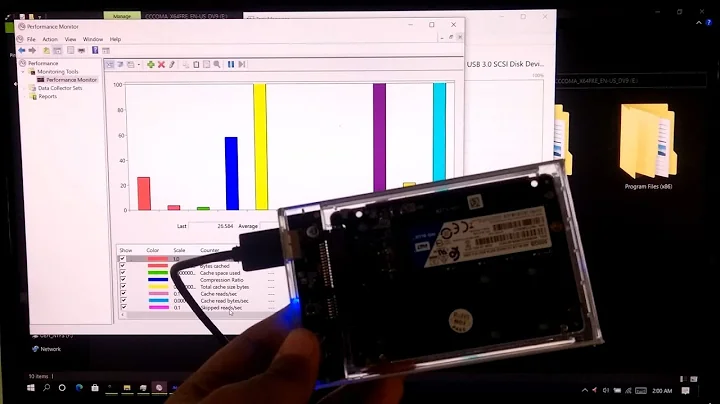SSD and monitoring writing to C:\Windows\Prefetch\ReadyBoot\ReadyBoot.etl
There is a difference between ReadyBoost and ReadyBoot.
On systems with more than 700MB of RAM, ReadyBoot uses data from 5 previous boots to create a plan for a boot-time memory cache. Similar to Windows XP prefetcher, it will try to preload files into RAM before they are needed. All memory used by ReadyBoot is automatically released 90 seconds after booting up, or immediately if another service needs it, so it doesn't have negative performance consequences.
In other words, on an SSD system, ReadyBoot may not improve boot times by a lot, but it will utilize your fast RAM for what it's good for: serving as a fast cache for the disk. And even the fastest SDDs are still slower than RAM memory - disabling it would still make your booting slightly slower.
ReadyBoost, on the other hand, is mainly related to utilizing flash memory (USB sticks) for the swap file. In this case, an SSD wins performance-wise, and there is no point in using a slower USB flash drive for caching, so Windows 7 automatically disables it.
Related videos on Youtube
Rexi
Updated on September 18, 2022Comments
-
Rexi over 1 year
I have been monitoring write activity to the following file.
C:\Windows\Prefetch\ReadyBoot\ReadyBoot.etlSince I have Windows 7 installed on an SSD, that there would not be any readyboost activity.
Why is that file being written to? I thought these sort of services were disabled automatically.
EDIT: There is no ReadyBoost service I can see.
-
Zero3 almost 5 yearsThis does not answer the core question though:
Why is that file being written to [when using an SSD]? -
 Norio Akagi almost 5 years@Zero3: I thought this sentence addresses it: "on an SSD system, ReadyBoot may not improve boot times by a lot, but it will utilize your fast RAM for what it's good for". As fast as SSDs are these days, DRAM has ~1000x smaller latency (nanoseconds compared to microseconds in an SSD) and it makes sense to use it as a disk cache in any case. If nothing else, it simplifies OS design with a slight improvement in performance.
Norio Akagi almost 5 years@Zero3: I thought this sentence addresses it: "on an SSD system, ReadyBoot may not improve boot times by a lot, but it will utilize your fast RAM for what it's good for". As fast as SSDs are these days, DRAM has ~1000x smaller latency (nanoseconds compared to microseconds in an SSD) and it makes sense to use it as a disk cache in any case. If nothing else, it simplifies OS design with a slight improvement in performance.




